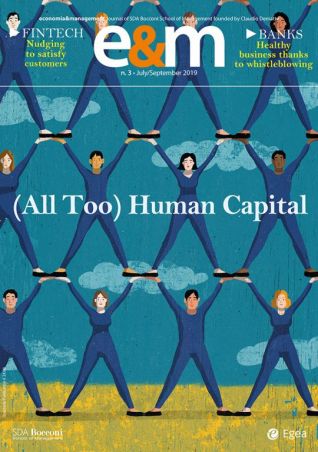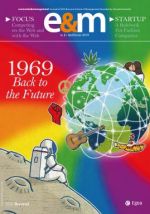E&M
2019/3
Non-Standard Employment Seeking Representation
The question of representation for non-standard labor has been a subject of debate for a long time among labor sociologists, researchers into industrial relations, and labor lawyers. To understand this in greater detail, we need to examine it within the more general crisis of trade unionism.
The last few decades have also seen a change in the employment structure and the professional composition of the workforce: Changes interwoven with important modifications to the organization of work: a stratified system of bargaining is created, which brings about a structural weakness in bargaining power of the workers, for whom employment agreements are linked to the duration of contracts.
The “flexibilization” of the labor market has posed an enormous challenge to the trade union movement: to be able to organize and mobilize workers who can be easily blackmailed. The reduced social protection and the only formally autonomous nature of non-standard labor make the representation of this component of insecure employment even more difficult.




